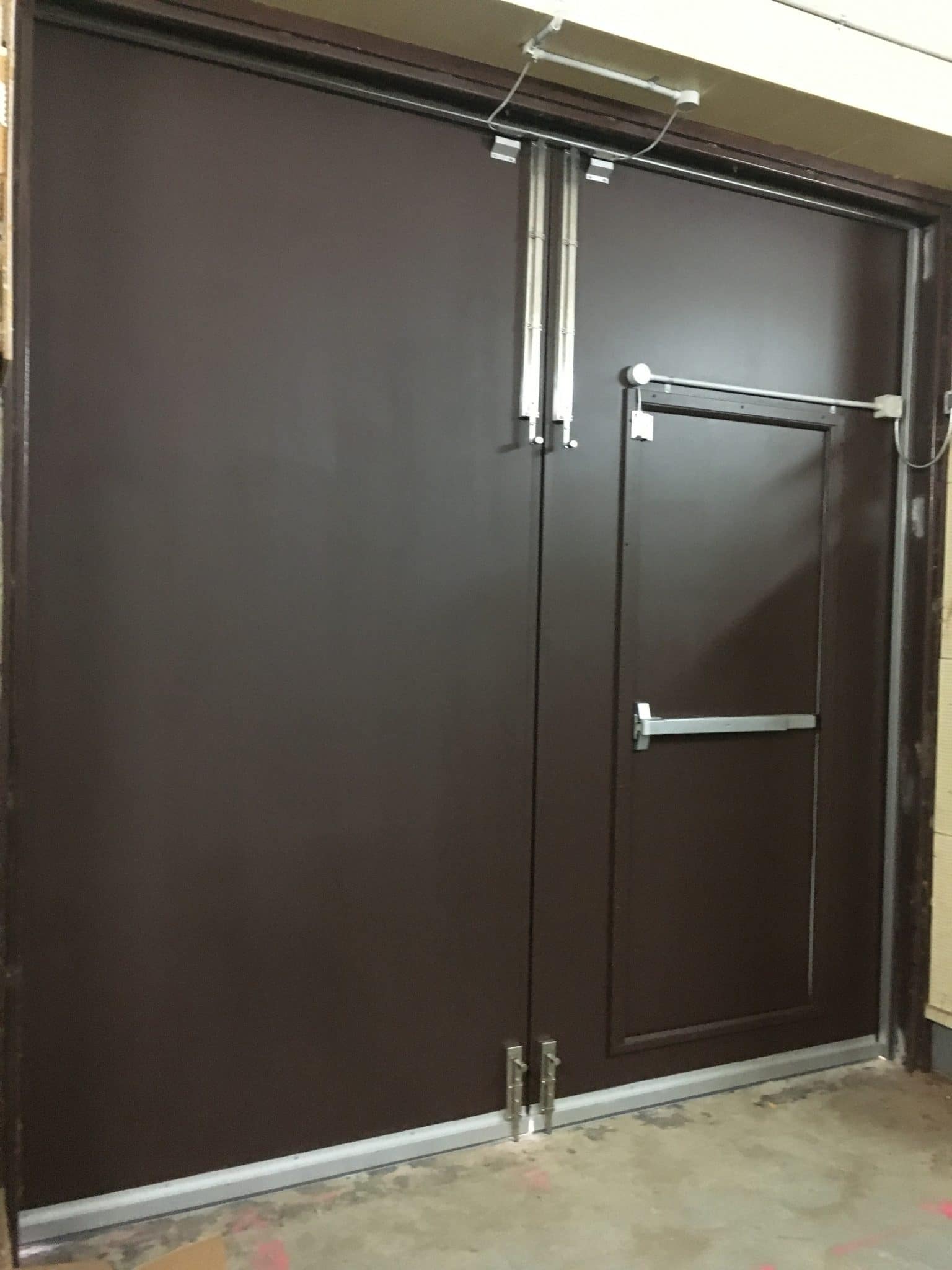Call 1300 799 969 | Contact Us


Home » How to Control Industrial Noise
Working in an environment with continuous loud noise can cause health concerns. In fact, around 1 million Australians are estimated to have exposure to dangerous noise levels in their workplace each year.
While sensitivity may differ between individual workers, noisy environments can cause a range of physiological and psychological problems, including:
Controlling noise levels can be crucial for businesses hoping to maintain a safe working environment. According to Australian law, the maximum safe level of noise exposure allowed in a workplace over eight hours is 85dBA. Yet many manufacturers find themselves considerably above this threshold because of machinery noise.
Fortunately there are options available to minimise industrial noise in your business, ranging from administrative solutions to engineered solutions such as acoustic enclosures and louvres, acoustic doors and temporary noise barriers.
One administrative solution that is standard practice in workplaces is to supply workers with personal hearing protection (PPE). However, the National Standard for Occupational Noise points out that engineered noise control methods take preference over personal hearing protection.
Developing an engineered solution requires engaging a company with the ability to test, design, manufacture and install a quality industrial noise control solution. An adequately designed, engineered solution will decrease the level of noise from machinery or workplace situations.
Solid and heavy, acoustic doors usually feature seals around their edges and have insulated construction to reduce noise and vibrations and prevent them from escaping from one room to another.
An acoustic door usually carries a sound transmission class (STC) or Rw rating, which is a measure of its sound insulation value.
When researching acoustic doors, you may come across residential solutions which are designed for home media rooms and home offices. These residential soundproof doors deliver different results to industrial acoustic doors.
Acoustic doors for industrial noise control tend to be bulkier than residential acoustic doors and feature a higher acoustic rating and better durability. Industrial acoustic doors are ideal for use inside a factory or externally and as part of an acoustic enclosure.
Flexshield acoustic doors are supplied ready to fix and can have the following attributes:
Depending on the application, acoustic doors can be swinging doors or sliding doors. They provide effective soundproofing for access areas and can have panic bars, burglar-proof locks and even peepholes.
Spotlight renovated a Port Melbourne warehouse to use for photography and videography of their merchandise. Noise from the busy Melbourne area was creating distractions, and they approached Flexshield for help.
Newcrest Lihir Gold Mine needed to reduce noise from the diesel-powered generator while still maintaining access to the machine.
Flexshield attenuators use high-quality products that are suitable for many conditions. The casings for the attenuator are quality pre-galvanised sheet steel, joined using locked formed interlocking joints. The acoustic infill is either fibreglass or Rockwool, suitably faced to prevent fibre erosion.